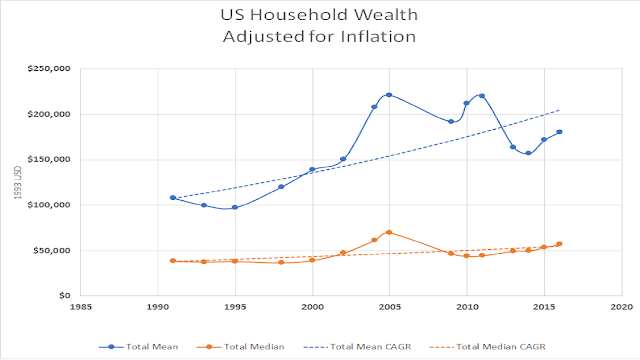Risky Business
I'm afraid we've gone and laid it
on the line
It's a risky business
I'm afraid we've gone and laid it
on the line
It's a risky business
If the business of government is really business, then why can’t government be run more like a business?
The answer is in the perception of risk. Risk has two components: likelihood and consequence. If you get the risk wrong, and the likelihood was high, but it had minimal consequences, then that is no big deal. If the consequence is dire, but the likelihood is low and it did not happen, then that also is no big deal. If an event happens even though the likelihood was small, and the consequences are dire, and you did not properly consider the risk, then God help you.
That is why there are insurance actuaries. They set insurance
rates by quantifying the likelihood of something bad happening and valuing the consequences of that event.
And that is why insurance is purchased, not because you expect something bad to
happen, but you want to mitigate the consequences if something bad happens.
Many businesses do not purchase insurance, instead they self
insure. They accept the consequence that
they might go out of business if the if the worst happens. The problem with going out of business, bankruptcy,
is that it impacts the creditors and customers of that business as well. Society
does not have the option of declaring bankruptcy, since the customers and the creditors
are society. Governments can declare bankruptcy
only if the customers and creditors are another government, if those governments agree to take on the customers and costs of the old government.
If businesses or businessmen do value risk properly then, yes
governments can be run as that business.
But a string of bankruptcies and business failures should be a warning
sign that the business or businessman does not understand risk. A child learns not to pick up a hot object by
experience. If it never learns because it
assumes nothing it touches will burn, then they might be lucky, but have not learned
this lesson. You learn from mistakes. You do not keep doing so many things in
the hopes of finding something in which you will make no mistakes, incur no
consequences.


